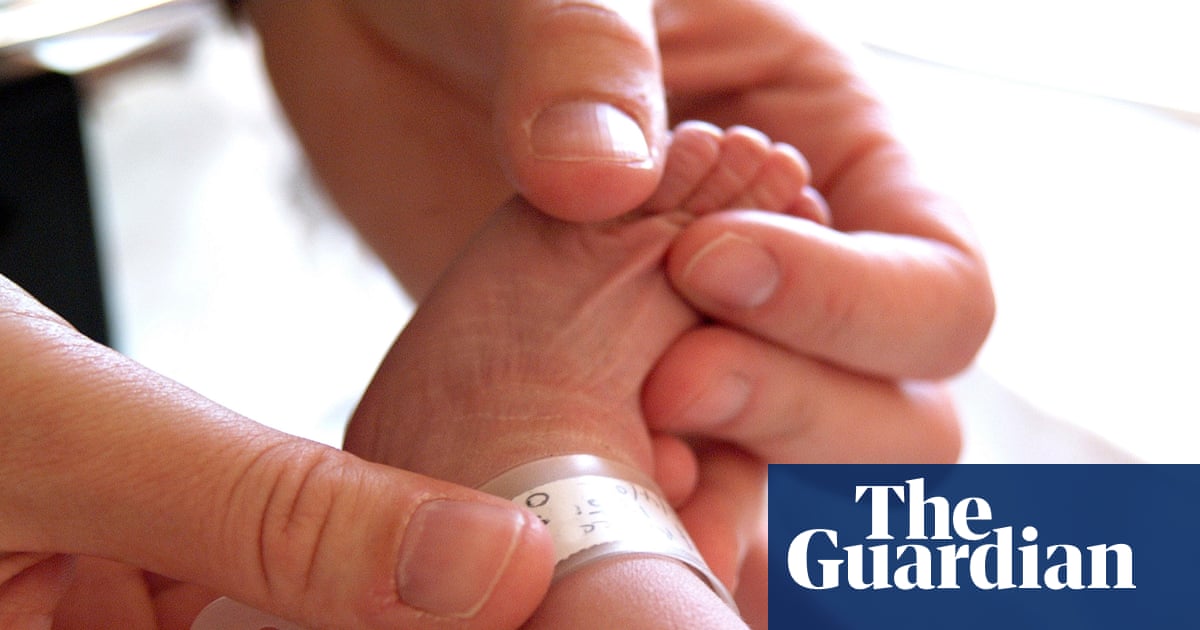
"The total fertility rate across both nations, meaning the average number of live children women can expect to have across their child-bearing life, stood at 1.41 in 2024, down from 1.42 in 2023, the lowest since comparable data was first collected in 1938, according to the Office for National Statistics. This is despite a 0.6% increase in live births last year, with a 14% increase in the number of babies born to fathers over 60, according to figures published last month."
"For a country's population to remain stable over time discounting any impact from migration the total fertility rate needs to be about 2.1. The disparity is down to the fact the adult population rose in 2024, which outweighed the increase in births. Since 1938, an increase in births at the same time as a decrease in the fertility rate has been observed only six times, with four occurring since 2011."
"The stats also showed that the long-term trend of the average age of parents rising steadily over the past 50 years is continuing: the average age of mothers and fathers both increased by 0.1 years in 2024, with mothers aged 31 and fathers 33.9, according to the ONS's annual Births in England and Wales publication. Over the last two decades, the average age of mothers and fathers has increased by two years for mothers, and just under two years for fathers."
The total fertility rate across England and Wales fell to 1.41 in 2024, down from 1.42 in 2023, the lowest since comparable records began in 1938. Live births rose by 0.6% in 2024, and births to fathers over 60 increased by 14%. Population growth in 2024 outpaced the rise in births, causing the fertility rate per woman to decline. A replacement-level fertility without migration is about 2.1. An increase in births alongside a falling fertility rate has occurred only six times since 1938, four times since 2011. Average parental ages continued to edge up: mothers averaged 31 and fathers 33.9 in 2024, with London mothers oldest at 32.5.
Read at www.theguardian.com
Unable to calculate read time
Collection
[
|
...
]